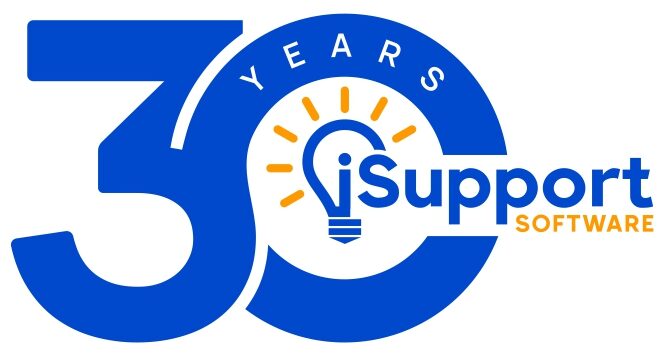 We have all been on the wrong end of bad customer service, and it often comes at our hour of need. When we need efficient and effective communication, sometimes it falls down disastrously and leaves us adrift. In contrast, we all remember businesses that offer great customer service, and we recommend them to our friends and family as a result.
We have all been on the wrong end of bad customer service, and it often comes at our hour of need. When we need efficient and effective communication, sometimes it falls down disastrously and leaves us adrift. In contrast, we all remember businesses that offer great customer service, and we recommend them to our friends and family as a result.
This also goes for end user support within organizations, as well as external customer and client support. Support professionals must be able to communicate effectively with users to ensure that the business runs as smoothly as possible.
How NOT To Communicate
There are a number of sure-fire things to avoid when dealing with customers in a support context. TechRepublic listed ten of the worst ways to communicate with end users, and here are their main points.
- Bad body language – Body language is just as important as verbal communication!
- Showing off – Using technical language when it’s not necessary.
- Losing patience – Educate the user rather than bashing them.
- Being dismissive – Whether a problem is real or just perceived, the user still has a problem that must be addressed!
- Failure to inform – Keeping the user informed with progress is essential.
- Lack of documentation – Providing users with instructions can prevent issues in future.
- Lying – Be honest with users about their problems; it’s better in the long term.
- Providing too much info – It is possible to over communicate!
- Not providing training – Education can prevent issues in the future.
- Failing to listen – Communication as a two-way process.
Addressing Communication Issues
A number of these points are particularly interesting. Unfortunately, providing too much information is something that can occur by mistake, completely innocently. In a bid to educate end users, you can sometimes overdo it. The key is to be aware of their level of understanding, so asking questions about their experience is essential.
Don’t bombard end users with jargon and unnecessarily technical information, but do keep them informed with progress on their case. Let them know that their problem is in hand, and welcome any questions they may have on how you intend to resolve the issue. Honesty and transparency are encouraged while you tend to their case, but the minute technical details are not required. Communication is about reassuring the customer/end user, rather than trying to assert your vast technical knowledge. This applies for communication over the phone, face-to-face, or on the web.
Support Fail Examples
Need some further inspiration on exactly what not to do in a tech support situation? We have done some digging across the web to find the most incredible examples of support fails. Here are some of the worst:




Share your thoughts
Avoiding the common mistakes of tech support can go a long way to improving the overall satisfaction of your end users. Do you have any tips or advice for improving communication between help desks and clients? We’d love to hear them; get in touch on Twitter or Facebook!


